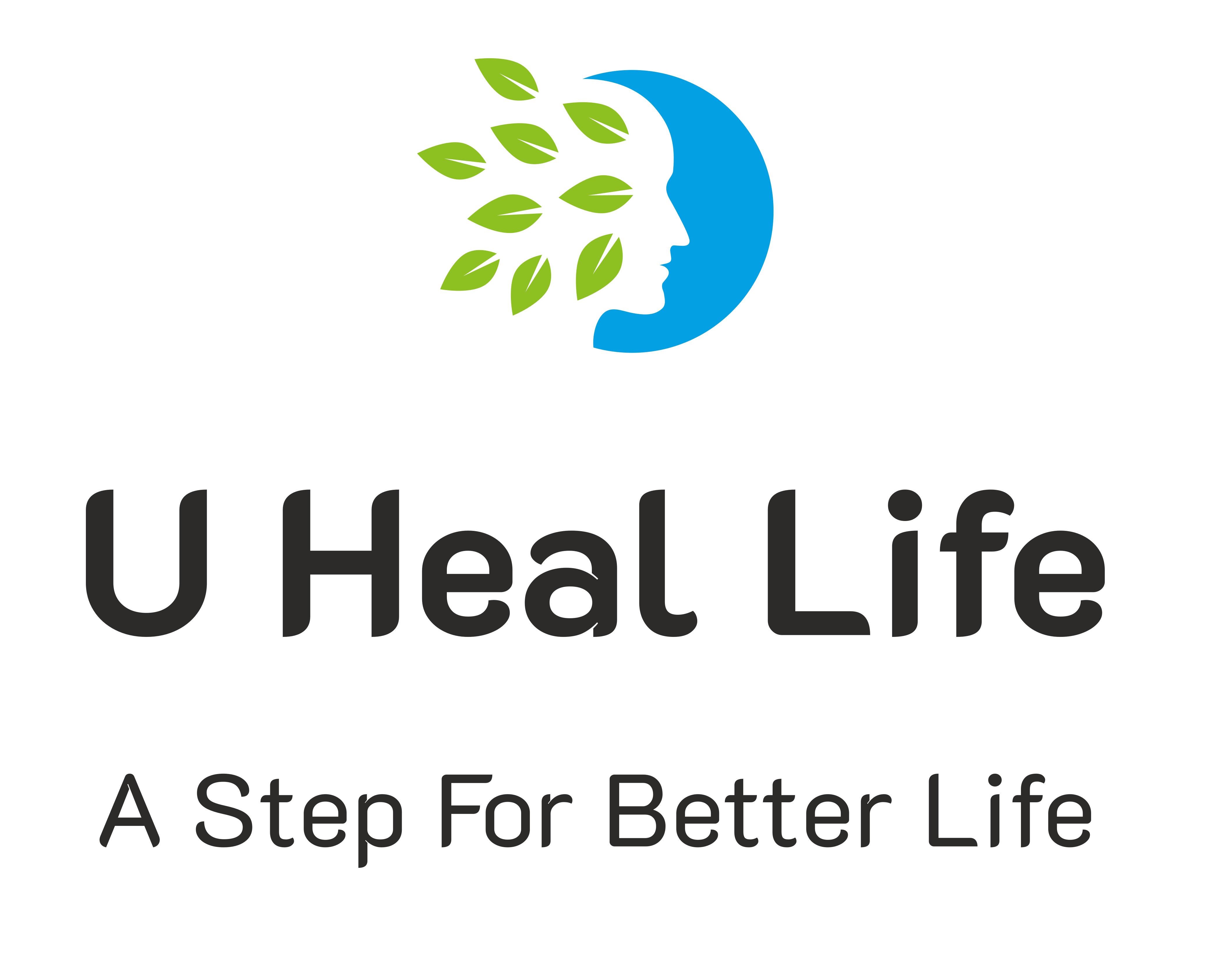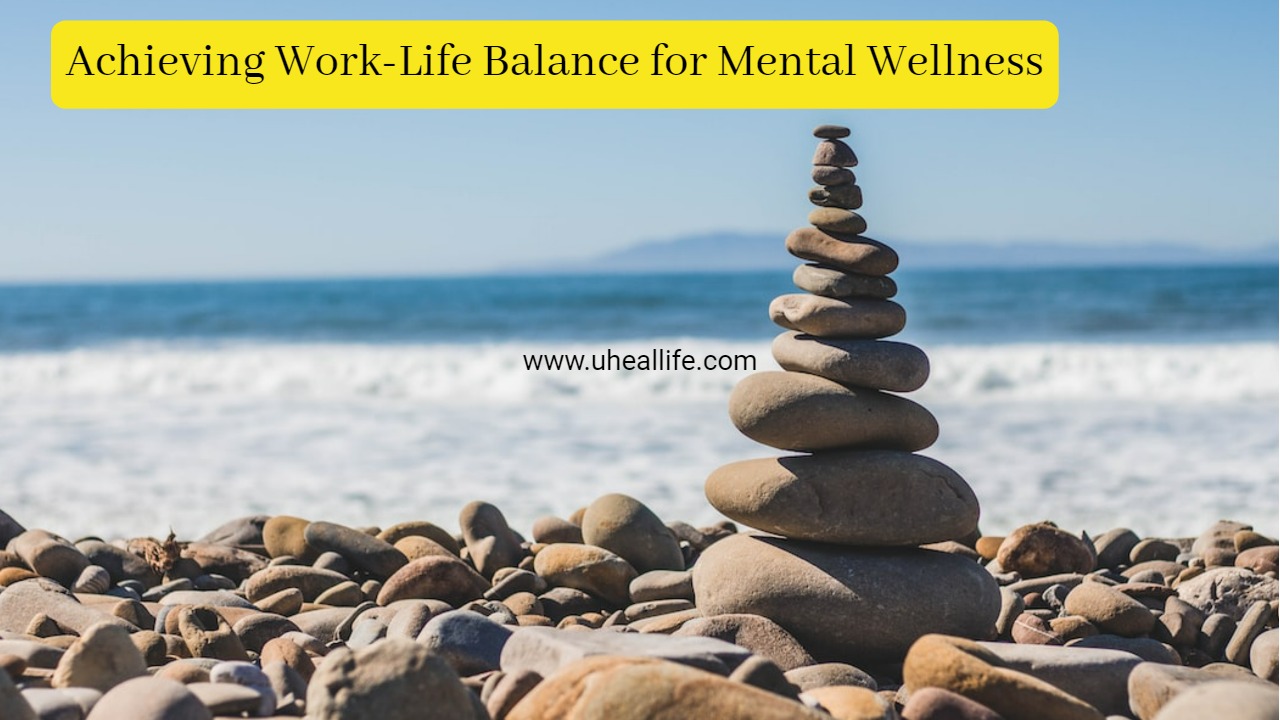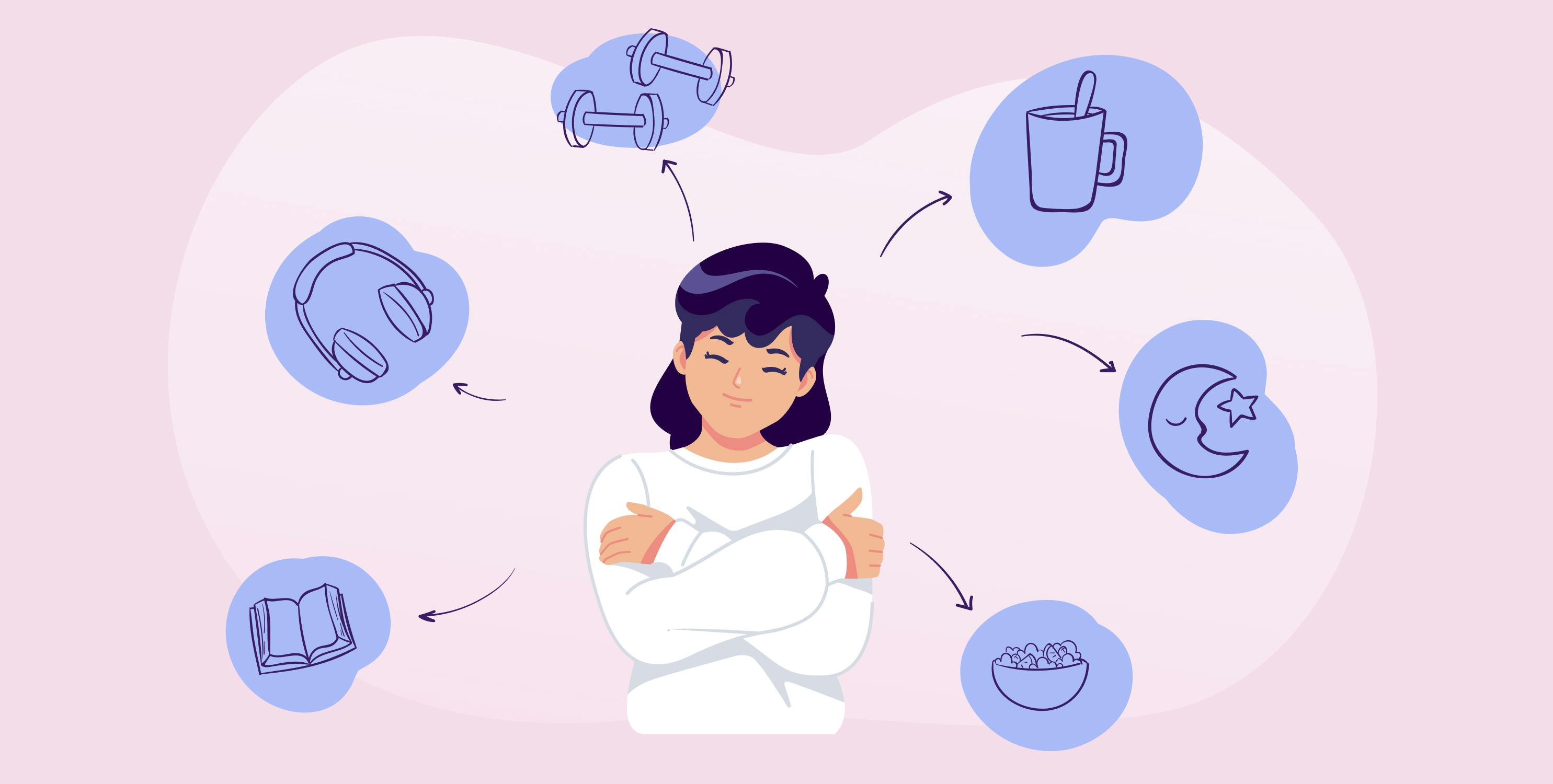Achieving Work-Life Balance for Mental Wellness
In today’s fast-paced and demanding world, achieving a healthy work-life balance has become more crucial than ever for maintaining good mental wellness. Striking a balance between professional commitments and personal life can contribute significantly to reducing stress, preventing burnout, and enhancing overall well-being. In this article, we will explore the importance of work-life balance for mental health and discuss strategies for achieving it.
The Relationship Between Work and Mental Health:
Work plays a significant role in our lives, providing us with a sense of purpose, financial stability, and personal growth. However, when work dominates our lives to the point of neglecting other essential aspects, it can have detrimental effects on our mental health. Long hours, excessive workloads, constant connectivity, and blurred boundaries between work and personal life can lead to chronic stress, anxiety, and a sense of overwhelm.
The Benefits of Work-Life Balance:
Maintaining a healthy work-life balance offers numerous benefits for mental wellness. Here are some key advantages:
- Reduced Stress Levels: A balanced lifestyle allows for adequate time to recharge, relax, and engage in activities that bring joy and fulfillment. It helps to reduce stress levels and prevent the accumulation of stress-related health problems.
- Enhanced Well-being: Taking time for personal interests, hobbies, and self-care activities improves overall well-being. It promotes a sense of fulfillment, happiness, and satisfaction in life.
- Stronger Relationships: Prioritizing personal relationships and spending quality time with loved ones strengthens social connections, which are essential for mental health. It fosters a support system that can provide emotional resilience during challenging times.
Strategies for Achieving Work-Life Balance:
- Establish Clear Boundaries: Set clear boundaries between work and personal life. Define specific work hours and avoid taking work-related calls or emails during personal time. Communicate these boundaries to colleagues, clients, and supervisors to manage expectations.
- Prioritize and Delegate: Learn to prioritize tasks based on their urgency and importance. Delegate responsibilities when possible to lighten your workload and create more time for personal activities.
- Practice Effective Time Management: Plan and organize your time effectively. Use productivity techniques such as the Pomodoro Technique or time-blocking to maximize focus and accomplish tasks efficiently. Avoid multitasking, as it can lead to decreased productivity and increased stress.
- Learn to Say No: It’s important to recognize your limits and avoid overcommitting yourself. Learn to say no to tasks or projects that exceed your capacity or interfere with your work-life balance.
- Take Regular Breaks: Incorporate short breaks throughout your workday to recharge and refresh your mind. Stepping away from work for a few minutes can increase productivity and reduce mental fatigue.
- Practice Self-Care: Prioritize self-care activities that promote relaxation and rejuvenation. Engage in activities you enjoy, such as exercising, reading, practicing mindfulness or meditation, or spending time in nature.
- Disconnect from Technology: Limit your screen time and create periods of digital detox. Constant connectivity can blur the boundaries between work and personal life, leading to increased stress and decreased relaxation.
- Seek Support: If work-related stress becomes overwhelming, seek support from trusted friends, family, or mental health professionals. They can provide guidance, perspective, and coping strategies to help you navigate challenges.
Remember, achieving work-life balance is a personal journey, and what works for one person may not work for another. It’s important to regularly reassess and adjust your priorities based on your evolving needs and circumstances. By consciously striving for work-life balance, you can create a harmonious and fulfilling life that promotes mental wellness and overall happiness.


















